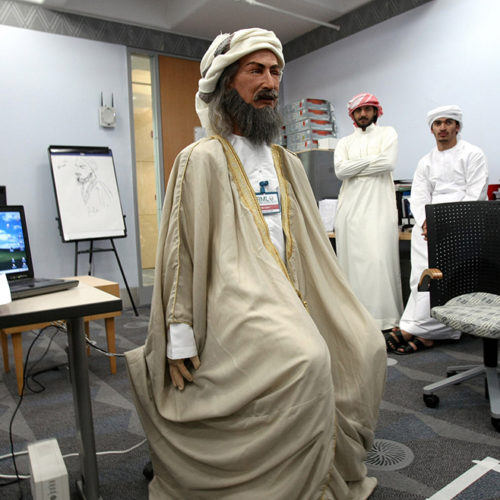Immortality as a robot – dream of Russian multi-millionaire
Millions will be spend on research and technology to create immortality for a Russian millionaire Dmitry Itskov, who want to live forever as a robot.
Dmitry Itskov is 35 year old internet multi-millionaire from Russia, who is sponsoring a group of scientists aiming to create immortal “human” by 2045. The idea is to recreate a person’s appearance as a hologram and to build an artificial brain which will be able to carry a person’s personality.
Motivated by the fear of death and supported by a huge fortune, Dmitry already spend a lot of money to fulfill his dream. His project is called “2045 initiative”. The date was chosen because Dmitry suspect be dead before his 70 birthday – so he just want be sure, his memories and personality will be preserved. The 2045 initiative was founded in 2011 with the participation of Russian specialists in the field of neural interfaces, robotics, artificial organs and systems. The organization plan to transplant (upload) personality to a computer by 2035. If it will be possible, creating artificial, immortal body should be “piece of cake”. Uploaded personality should be able to control robotic body – just like quadriplegic Erik Sorto can control a robotic arm thanks to sensors implanted in his brain.
You might also like
Are Robots the Future of Therapy?
This past week, arguably the most advanced humanoid robot so far to emerge amazed an audience by cracking jokes alongside Devi Sankaree Govender of Carte Blanche at the SAP Now
Ibn Sina Robot
Say salam wa aleikum to an Arabic-speaking android developed at United Arab Emirates University and billed as the first of its kind in the world. It could enter mass production
Meet Tunabot, the First Robotic Fish to Keep up with a Tuna
Researchers and robot developers are often trying to make their robots mimic humans or animals without too much success. Now, however, mechanical engineers based at the University of Virginia School



